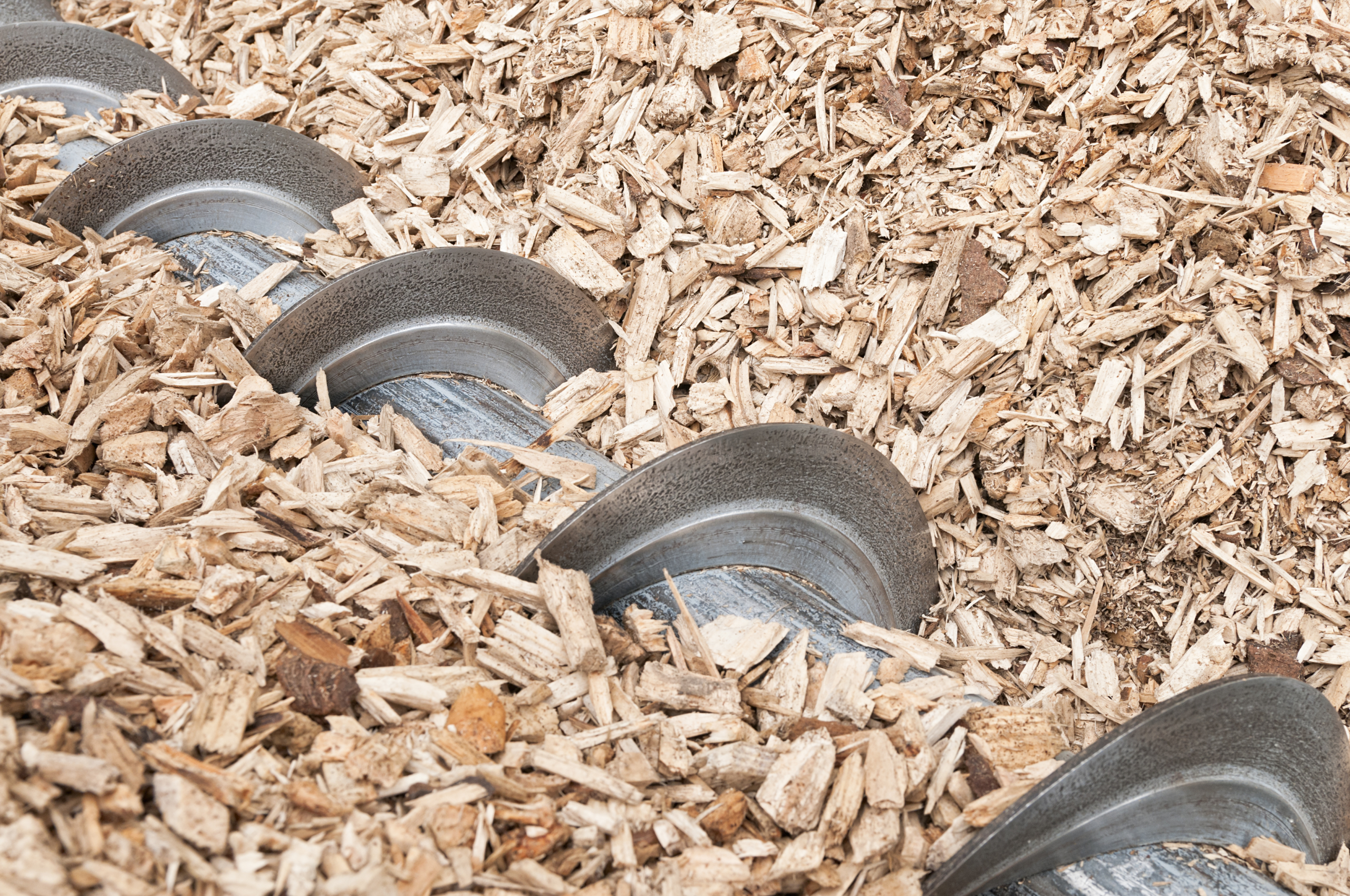Climate impact
In Finnish buildings, the direct use of biomass accounted for 28% of final energy use other than electricity. In total, bioenergy is estimated to save approximately 6.8 Mt of emissions in Finland annually.
We have extended the same share of bioenergy in buildings to other countries with both cold climates and sufficient biomass resources: Russia, Canada and Mongolia. This would result in an emission reduction of 193 Mt in 2030.


Success factors
Cold climates combined with widespread forests and large forestry industries make biomass in the form of wood residues a natural source of energy in Finland, Sweden and Norway. Finland stands out specifically due to its large forestry sector and high share of bioenergy in heating.
Biomass plays a large and growing role in the Finnish energy system. Biomass (mostly in the form of wood residues and pellets) accounted for 20% of total final energy consumption in the country in 2013, as well as for over 40% of commercial heat generation.
In Finland, bioenergy has been relatively attractive in many cases purely on commercial terms. Forestry companies have tried to find ways to turn their waste and by-products into profit-making products.
There are also three different subsidies for biomass use in general. A feed-in tariff for electricity produced from wood chips is linked to the allowance prices in the EU emissions trading system. A separate feed-in tariff is provided for small wood-burning CHP plants. Finally, the energy use of small-diameter wood from young forests is also subsidised.
“Bioenergy already covers 20% of all energy needs n Finland.”
Costs
Costs for bioenergy may vary significantly. We have derived the upper end for the cost range from the estimated abatement costs for Russia. As a lower bound, it is assumed that the solution can be implemented at no extra cost. This would result in an estimated total cost of $7.7 billion in 2030.


Co-benefits
Increasing the use of bioenergy for heating can provide some co-benefits, including
- reducing fuel imports
- improving energy security
- creating local jobs
Barriers and drivers
Like other solutions relying on biomass, increasing the share of bioenergy relies on the availability of sustainable biomass (see Is biomass use sustainable?). Too large or poorly planned increases in the use of bioenergy can have adverse impacts on ecosystems or food production, if biodiverse forests or agricultural lands are harnessed. However, the three target countries have similar amounts of wood residue per capita as Finland. They should therefore be able to reach Finland’s level of bioenergy use without additional biomass extraction.
The most economic use of biomass for heating is through district heating and combined heat and power production, which both require significant investment to build infrastructure. The necessary investment can be facilitated with several policies (see Combined heat and power production).
In many cases, forestry companies already have a financial incentive to provide their waste wood for heating. The main enabler may be to ensure that market and infrastructure conditions are right to absorb large amounts of biomass into the heating systems. Constructing district heating will be an important enabler where possible, since this allows for a more flexible use of fuels than local burners in each home.
